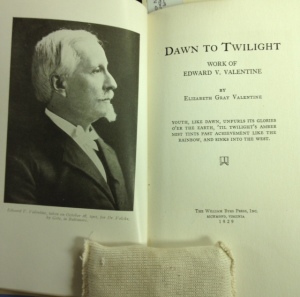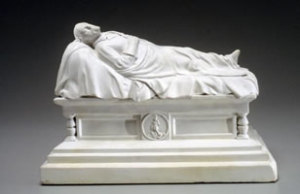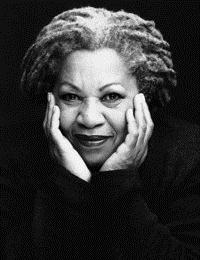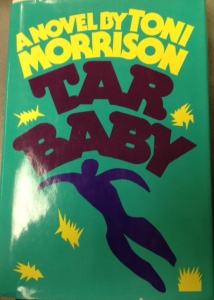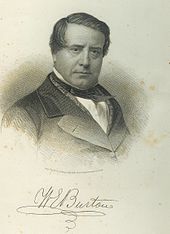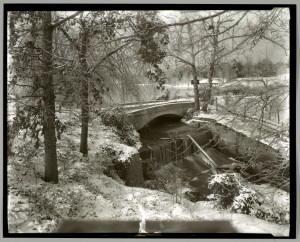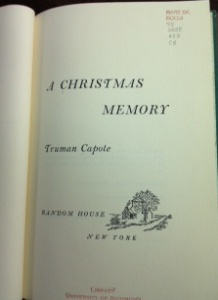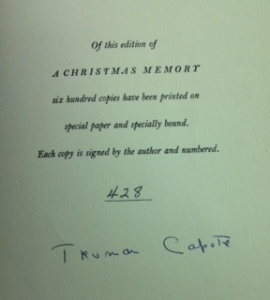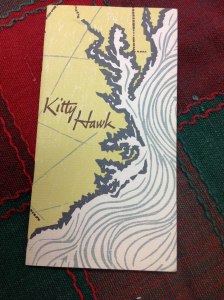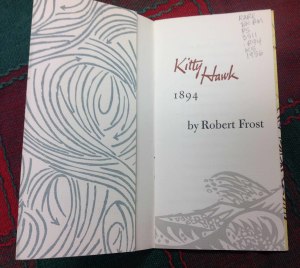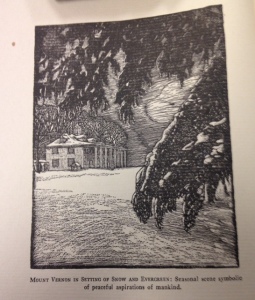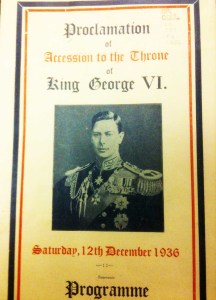In researching timely items for blogging, sometimes interesting things pop up that we weren’t expecting. Because it’s February, we decided to see what rare books and special collections had to offer on Valentine’s Day. In looking up Valentine in the catalog, meaning the day to give love notes and flowers, we came across listings for books about and by the Valentine Museum. And there was the book, Dawn to Twilight: work of Edward V. Valentine, by his great niece, Elizabeth Gray Valentine, and signed by Valentine and the author. (Galvin Rare Book Room NB237.V3 V3.)
Edward Valentine was born in Richmond in 1838. He studied under Couture and Jouffroy in Paris; with Bonanti in Italy; and August Kiss in Berlin. He worked in clay, plaster, marble and bronze to create portrait busts, ideal figures, and public sculpture. In his 50 year career, he specialized in notable Southerners and fellow Virginians building a reputation as one of the most talented Southern sculptors of the post-Civil War period. Some of his most famous works are the recumbent statue of Robert E. Lee at Washington & Lee University, the statue of Jefferson at the Jefferson Hotel, and the Jefferson Davis Monument on Monument Avenue.
He briefly headed the Valentine Richmond History Center and his restored studio is part of that facility. (You can visit it downtown at 1015 East Clay Street.) In the latter years of his life, he put aside sculpture and spent his time researching his native city, Richmond. Dawn to Twilight uses his diaries and his own stories to tell more about this fascinating life.

